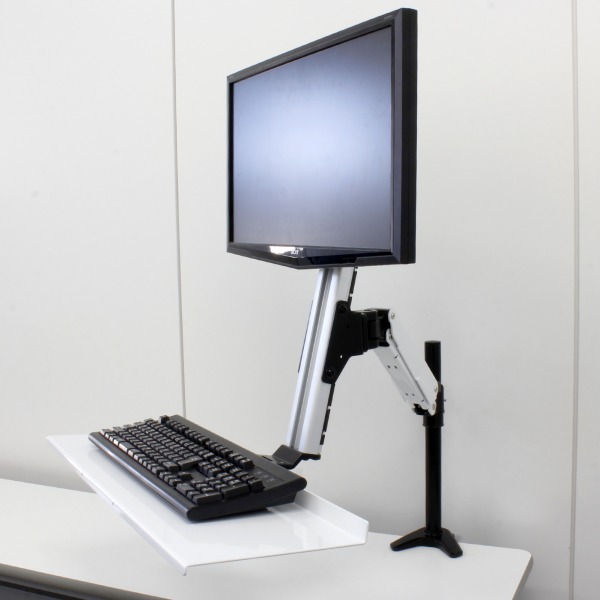

Choose a commercially available cable with the correct connectors on both ends. If the connections on your tablet don’t match your monitor, TV or projector, you have two basic options:īuy an adapter cable. (Note: Of these technologies, only HDMI and DisplayPort support audio.) To send video from your tablet, you’ll most likely have to use an adapter cable or adapter. Monitors, TVs and projectors typically have standard HDMI, DisplayPort, DVI or VGA (HD15) connections.

Although it's unusual, some older tablets do have an HDMI port (micro-HDMI, mini-HDMI or full-size HDMI).įind the Video Input on Your Monitor, TV or Projector Another popular device, Microsoft’s Surface Pro 4, features a mini DisplayPort. You’ll also find USB 2.0 micro-B ports on some older tablets, like Lenovo’s Yoga Tab 3 and Amazon’s Fire HD 8. For example, this small, versatile port can be found on Samsung’s Galaxy Tab S7 and Google’s Pixel Slate. Newer tablets typically have a USB-C (also known as USB Type-C) port in place of a traditional video port. Take a Closer Look at Your Tablet’s Ports But to do so requires a little homework-chances are your tablet doesn’t have an HDMI or DisplayPort video port you can connect to your monitor, TV or projector. Wouldn’t it be nice to connect your tablet to a large screen computer monitor? How about using a TV as a monitor? You can do all of these things by using the video port on your tablet. Although tablets are not a complete replacement for a laptop, they can do more with a little help. A tablet is an incredibly useful device that can boost your productivity, keep you in touch with family and friends or entertain you with movies and games.


 0 kommentar(er)
0 kommentar(er)
